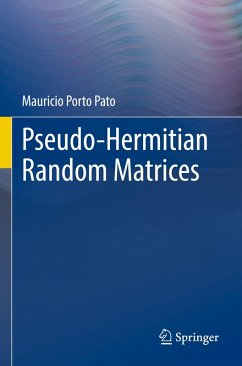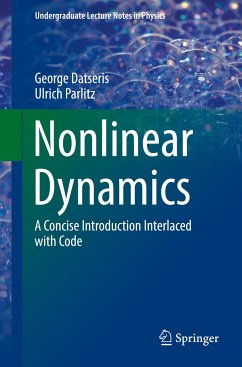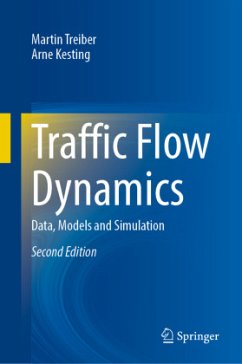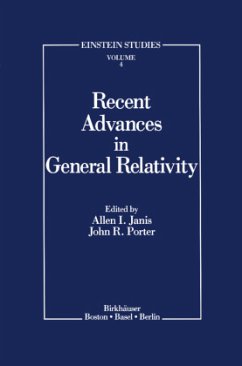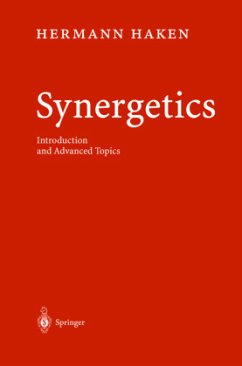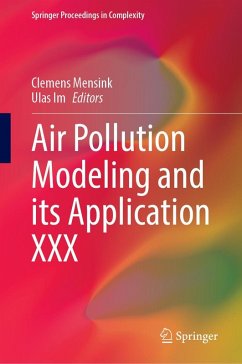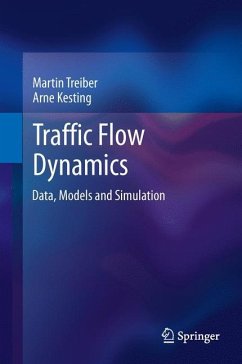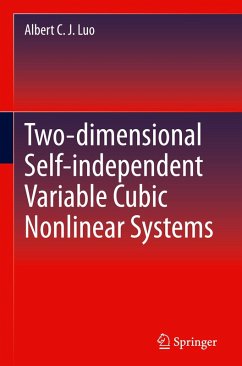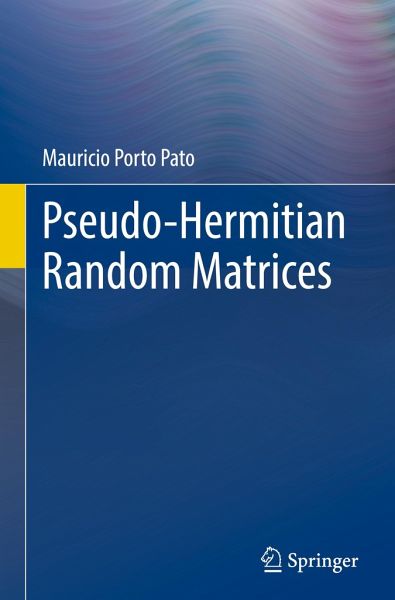
Pseudo-Hermitian Random Matrices
Versandkostenfrei!
Versandfertig in 6-10 Tagen
91,99 €
inkl. MwSt.
Weitere Ausgaben:

PAYBACK Punkte
46 °P sammeln!
This book is a comprehensive guide to pseudo-Hermitian random matrices, their properties, and their role in many models that are relevant to physical processes. The book starts by showing how the concept of pseudo-Hermiticity emerged from studies of PT-symmetric systems which aroused the interest of the random matrix theory community. The chapters that follow discuss the consequences of the pseudo-Hermitian condition to the eigen-decomposition of non-Hermitian matrices, and an investigation of pseudo-Hermitian random matrices in tridiagonal form, discussing the scenario with real eigenvalues, ...
This book is a comprehensive guide to pseudo-Hermitian random matrices, their properties, and their role in many models that are relevant to physical processes. The book starts by showing how the concept of pseudo-Hermiticity emerged from studies of PT-symmetric systems which aroused the interest of the random matrix theory community. The chapters that follow discuss the consequences of the pseudo-Hermitian condition to the eigen-decomposition of non-Hermitian matrices, and an investigation of pseudo-Hermitian random matrices in tridiagonal form, discussing the scenario with real eigenvalues, and the appearance of complex eigenvalues generated by unbound and non-positive metrics. Subsequently, the author introduces pseudo-Hermitian Gaussian matrices and their properties including characteristic polynomials, and statistical properties of their eigenvalues. Finally, in the last chapter, the time invariance of the metric is upended and a pseudo-Hermitian model with a time dependent metricis constructed to discuss the time evolution of entangled states.



